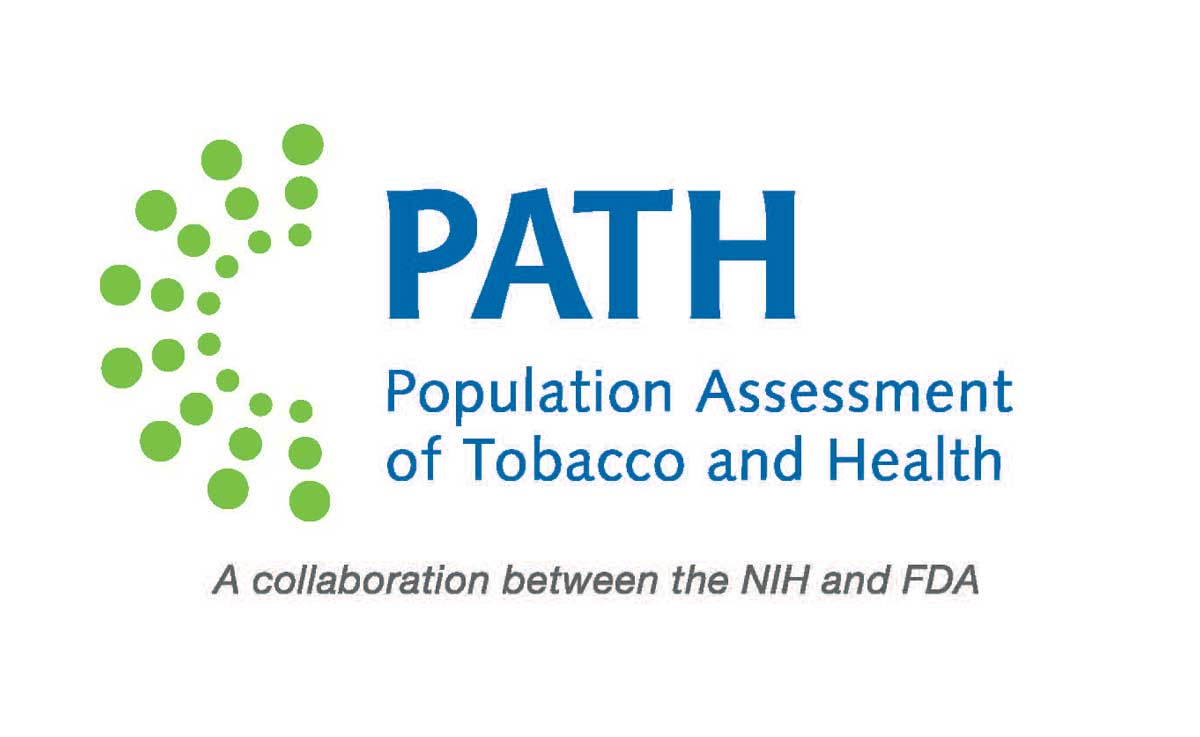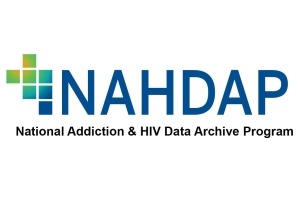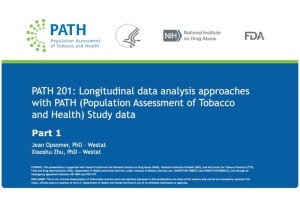The Population Assessment of Tobacco and Health (PATH) Study is a nationally representative longitudinal study of tobacco use and health in the United States. A collaboration between the National Institute of Health (NIH) National Institute on Drug Abuse (NIDA), and the U.S. Food and Drug Administration (FDA) Center for Tobacco Products, the study was launched in 2011.










